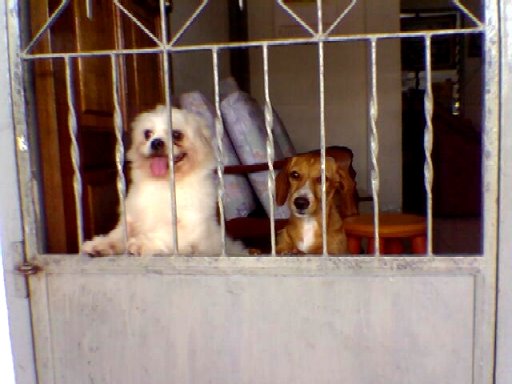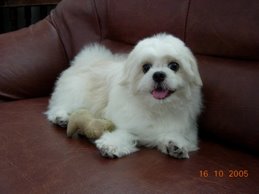The Need For An Animal Communicator
The need for an animal communicator may arise due to various reasons. This may be due to animal that has gone through trauma or a domestic animal that requires training. A communicator of this sort is used to adapt and change the behaviour of either for various reasons of concern.
For instance, pets that urinate in the house and even defecate indoors must be trained to do their business outside. One can buy products that will deter them from doing this but this is an exercise in itself for the unknowledgeable and untrained pet owner. Animals in all sense of the word are instinctual creatures.
Just as lions roam the savannas of the African plains marking their territory with their individual scent of urine so do domestic animals do the same as their ancestors did many years ago. As humans we do not have the same bathroom agendas that animals have and would rather use a latrine or bathroom to do our necessaries. Animals do this in order to possess a certain space or area and give out the message to other animals that this is their territory.
This is common amongst all species of animals and although they may not have all five sensory abilities, do have some form of means of communication. Snakes for example make use of vibrational energies to communicate with each other and with their prey. Varying frequencies of a mouse foraging sends invisible signals to the snake as to what the mouse is doing and this puts it on a high alert that a potential meal is at hand.
Dialogue is necessary with injured animals too. For instance an animal may be trapped in barbed wire fencing and will need to assistance of people to free it from its entanglement. Communicators are used to literally calm the animal down so that it can be approached.
Professionals such as these can literally talk to animals. They use intonations of speech and sounds to calm the animal down and to develop a bond of trust. They are used in all spheres of life such as horse training when a wild horse is broken in for a specific purpose to become a show jumper or work horse.
Hand signals and intonations of voice are used to get a message across. Hand signals have to be understood in this instance by a dog. He has to be able to associate a signal or verbal command to mean that he must take a certain action.
An animal communicator is used in other areas of life such as in veterinary clinics or working for an animal anti cruelty organisation. Traumatized pets because of abuse by people are brought into the pound and have to be treated in order to reduce their stress levels so that they do not do themselves harm or may potentially harm a new willing adoptive owner.
For instance, pets that urinate in the house and even defecate indoors must be trained to do their business outside. One can buy products that will deter them from doing this but this is an exercise in itself for the unknowledgeable and untrained pet owner. Animals in all sense of the word are instinctual creatures.
Just as lions roam the savannas of the African plains marking their territory with their individual scent of urine so do domestic animals do the same as their ancestors did many years ago. As humans we do not have the same bathroom agendas that animals have and would rather use a latrine or bathroom to do our necessaries. Animals do this in order to possess a certain space or area and give out the message to other animals that this is their territory.
This is common amongst all species of animals and although they may not have all five sensory abilities, do have some form of means of communication. Snakes for example make use of vibrational energies to communicate with each other and with their prey. Varying frequencies of a mouse foraging sends invisible signals to the snake as to what the mouse is doing and this puts it on a high alert that a potential meal is at hand.
Dialogue is necessary with injured animals too. For instance an animal may be trapped in barbed wire fencing and will need to assistance of people to free it from its entanglement. Communicators are used to literally calm the animal down so that it can be approached.
Professionals such as these can literally talk to animals. They use intonations of speech and sounds to calm the animal down and to develop a bond of trust. They are used in all spheres of life such as horse training when a wild horse is broken in for a specific purpose to become a show jumper or work horse.
Hand signals and intonations of voice are used to get a message across. Hand signals have to be understood in this instance by a dog. He has to be able to associate a signal or verbal command to mean that he must take a certain action.
An animal communicator is used in other areas of life such as in veterinary clinics or working for an animal anti cruelty organisation. Traumatized pets because of abuse by people are brought into the pound and have to be treated in order to reduce their stress levels so that they do not do themselves harm or may potentially harm a new willing adoptive owner.
>














.jpg)






.jpg)

0 comments:
Post a Comment